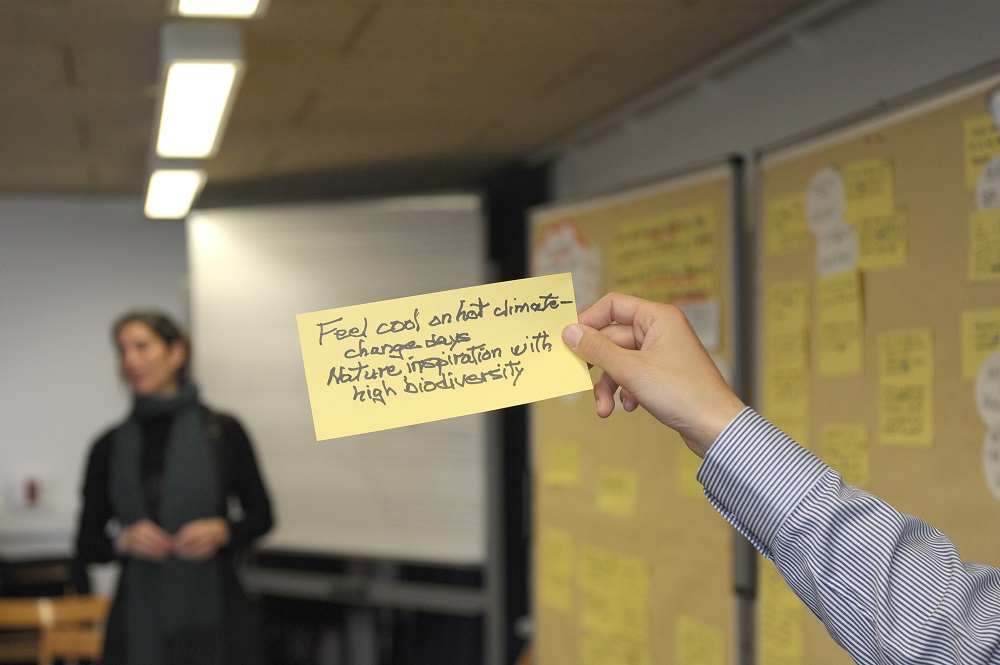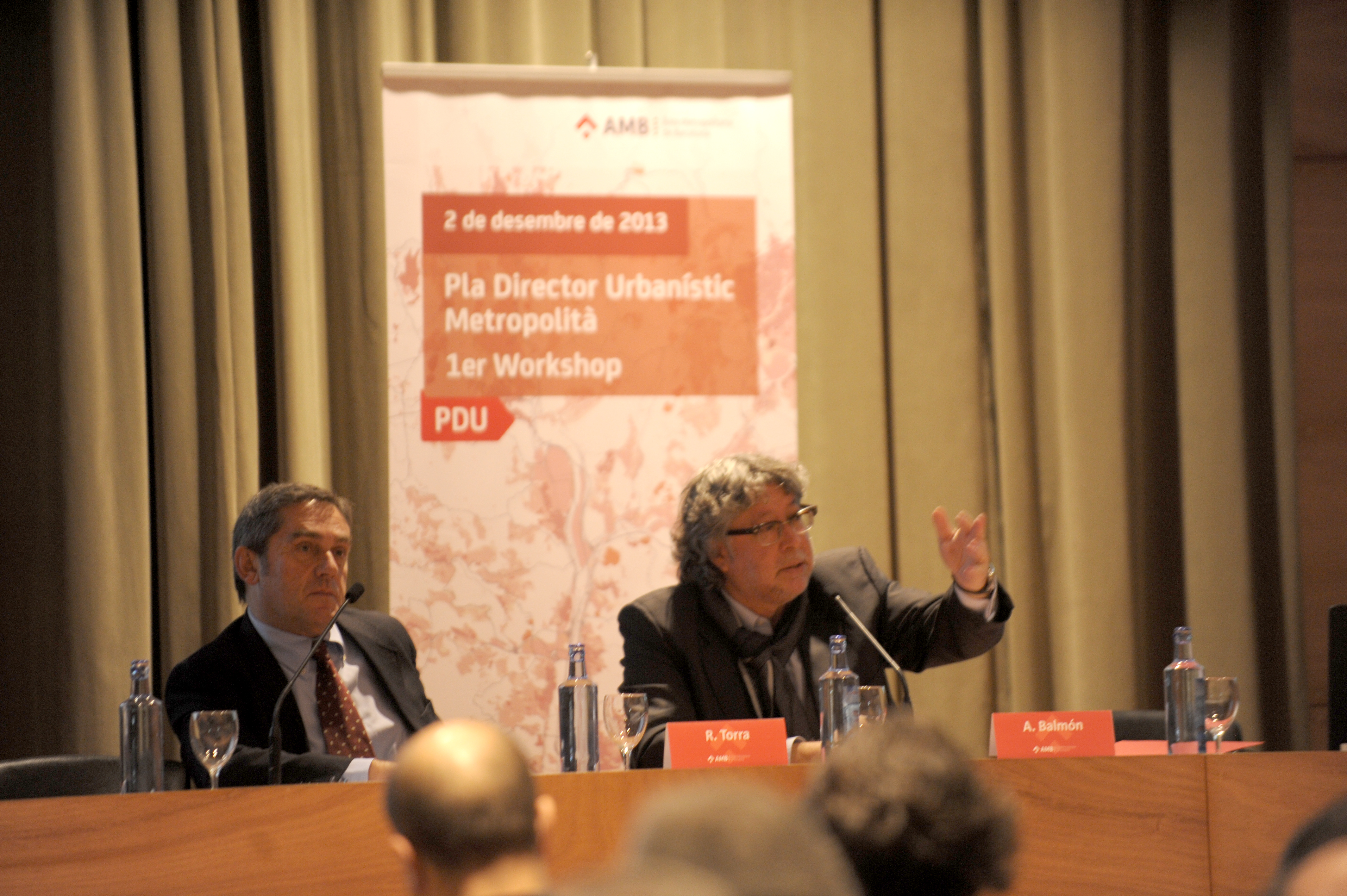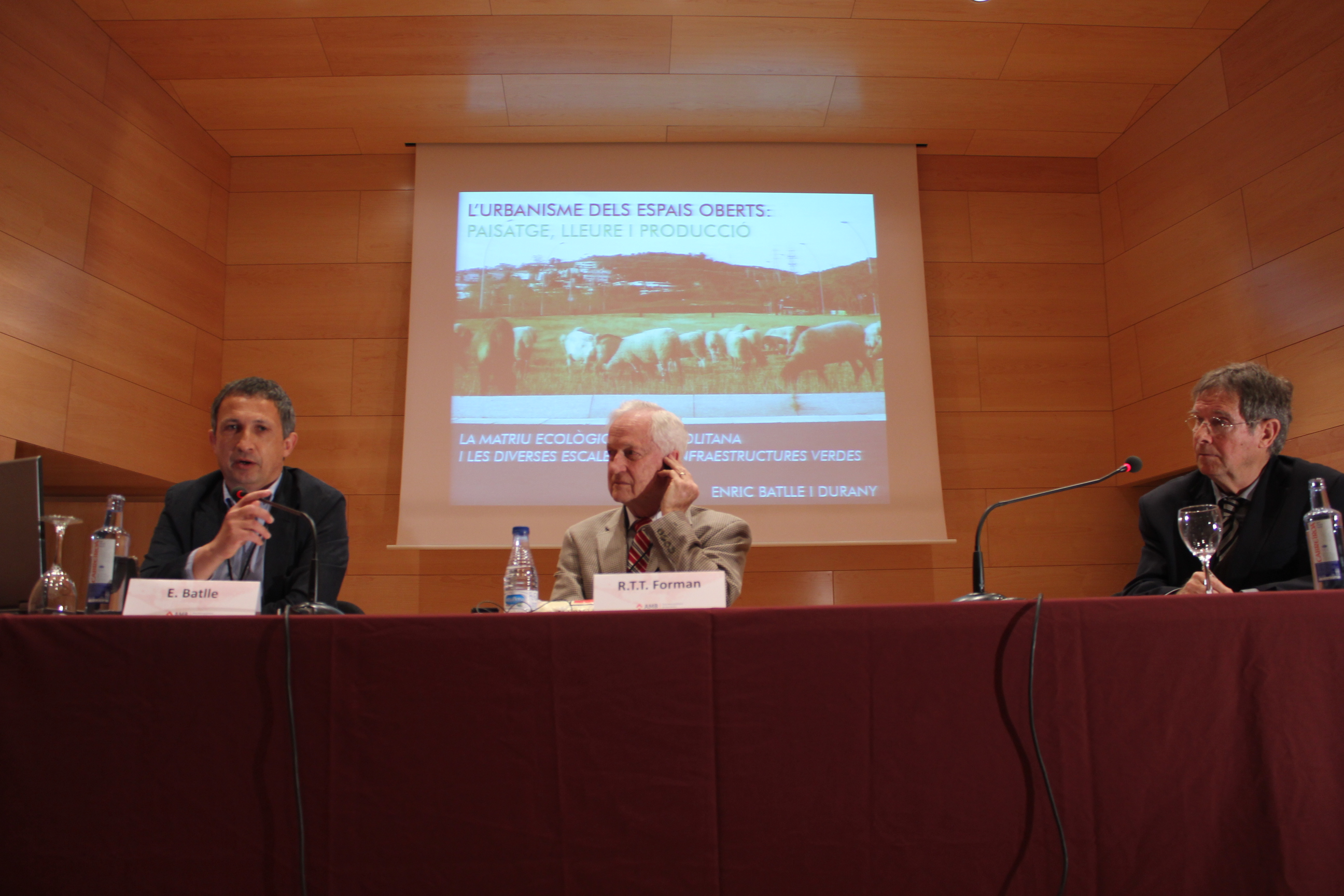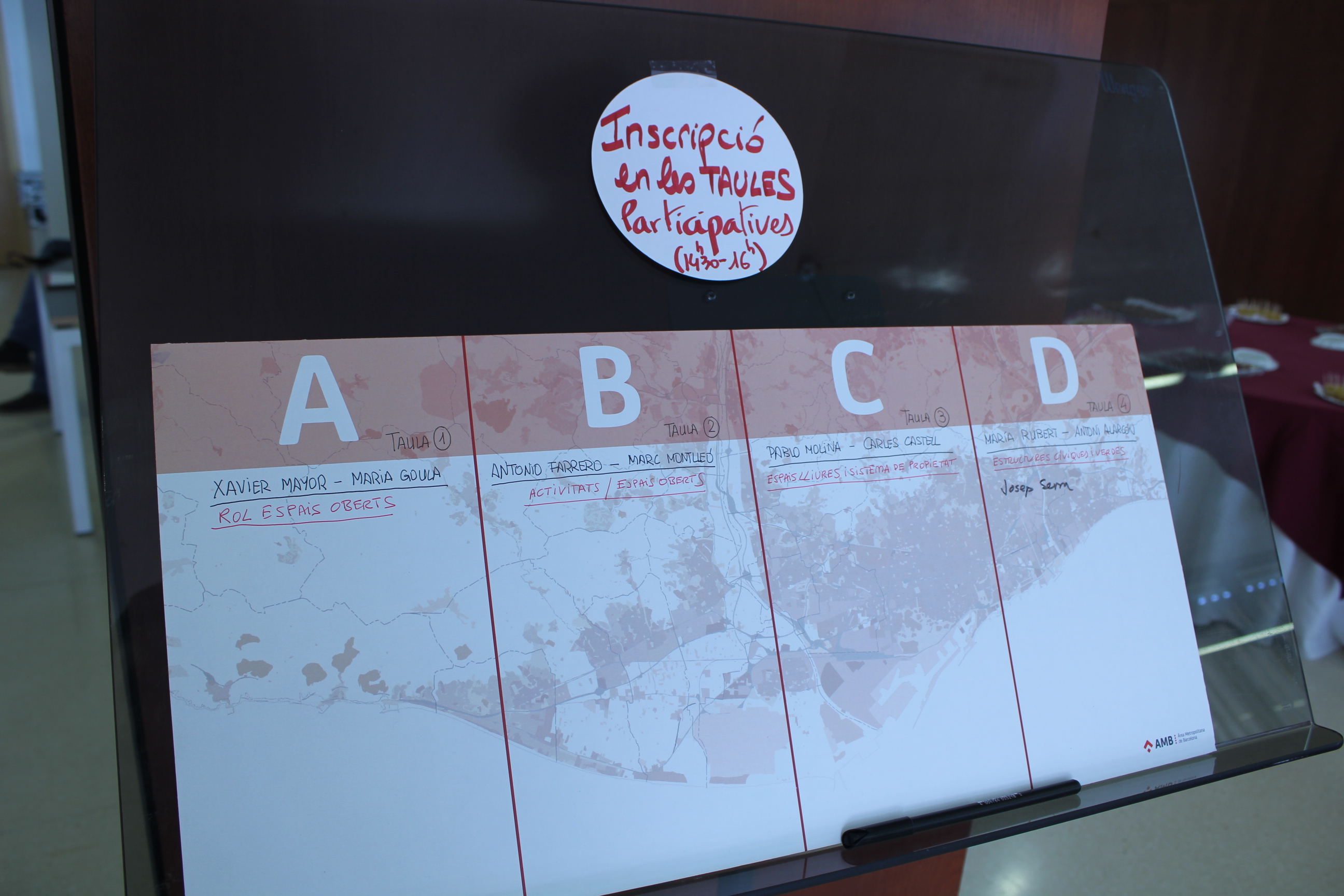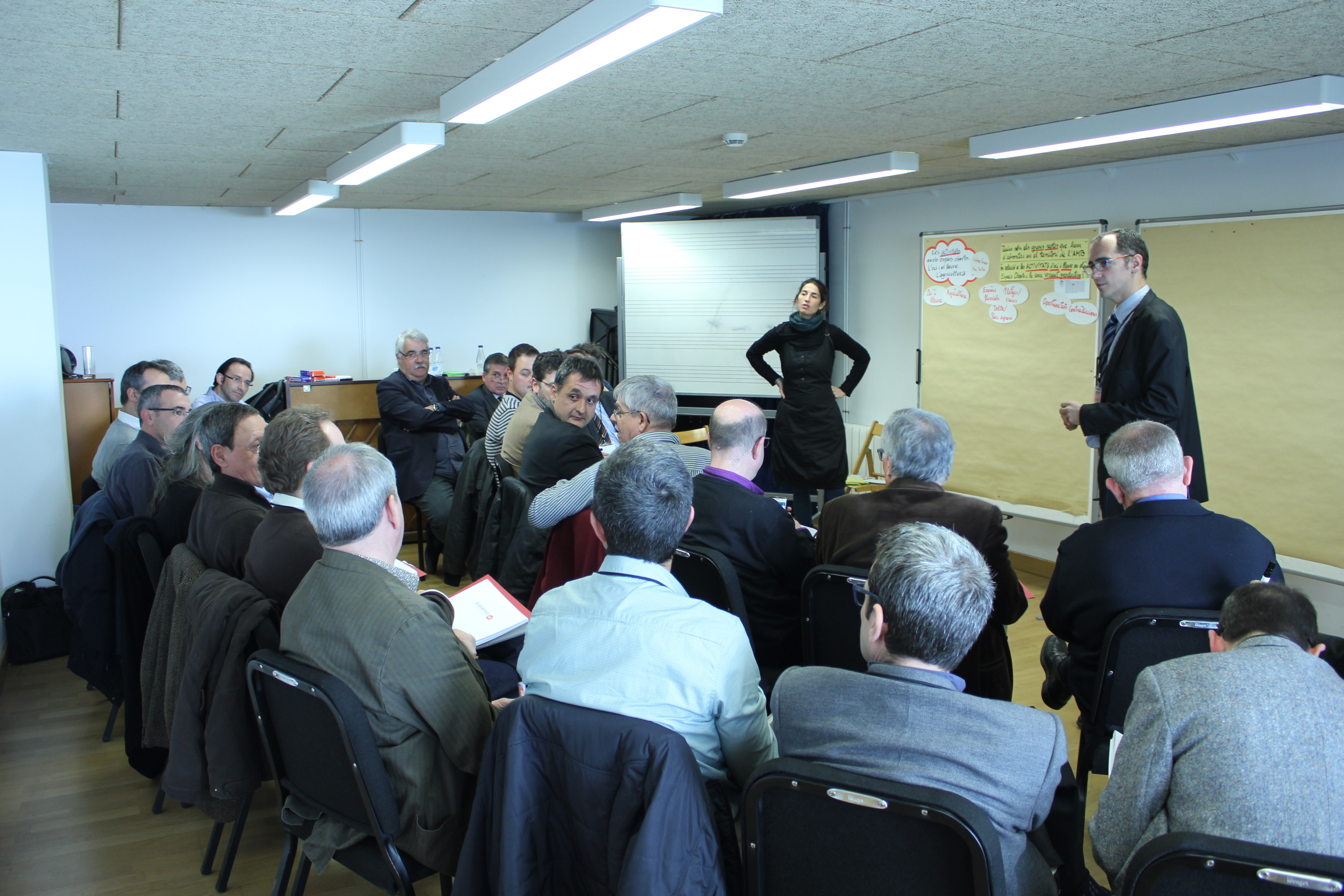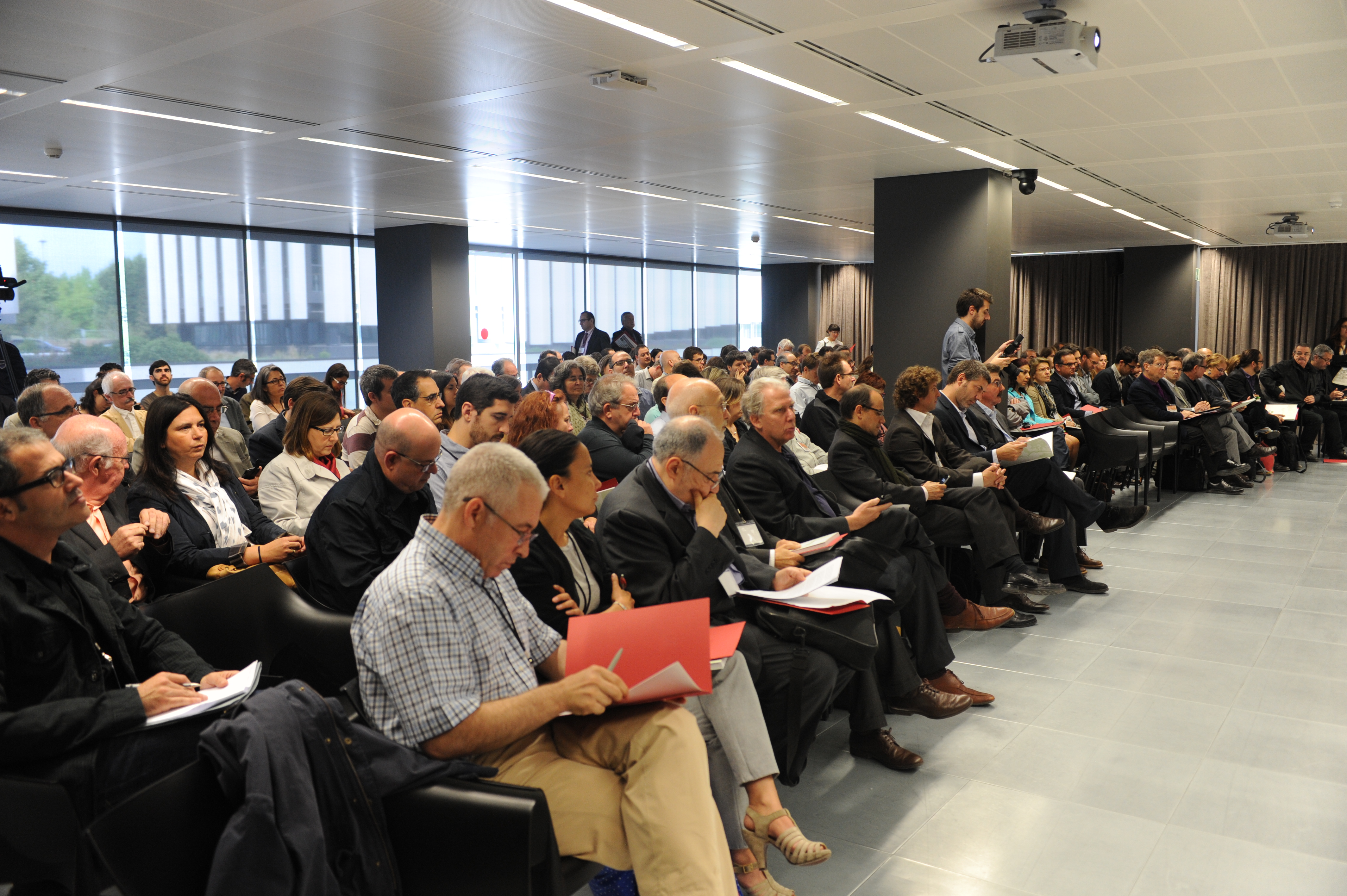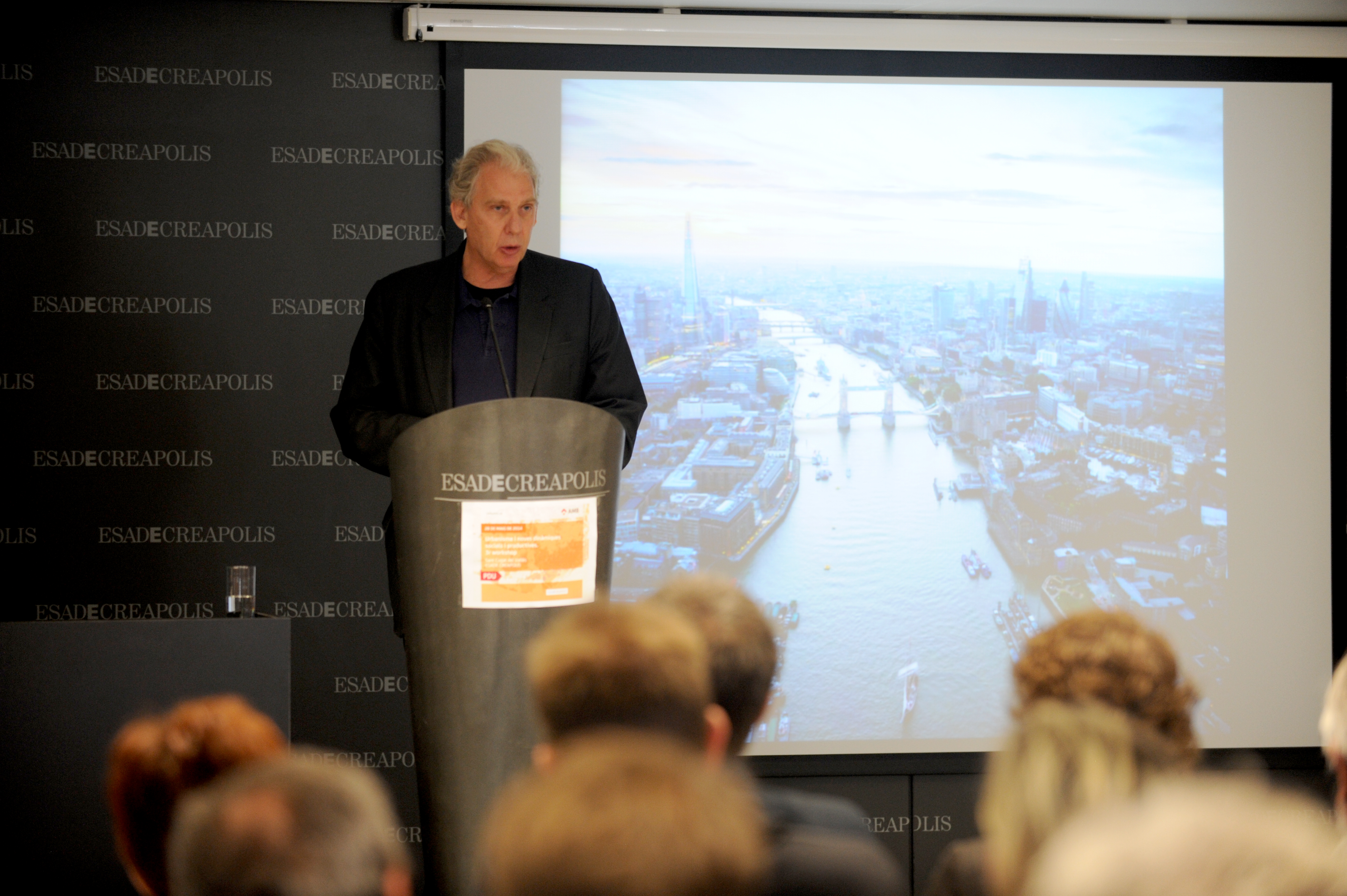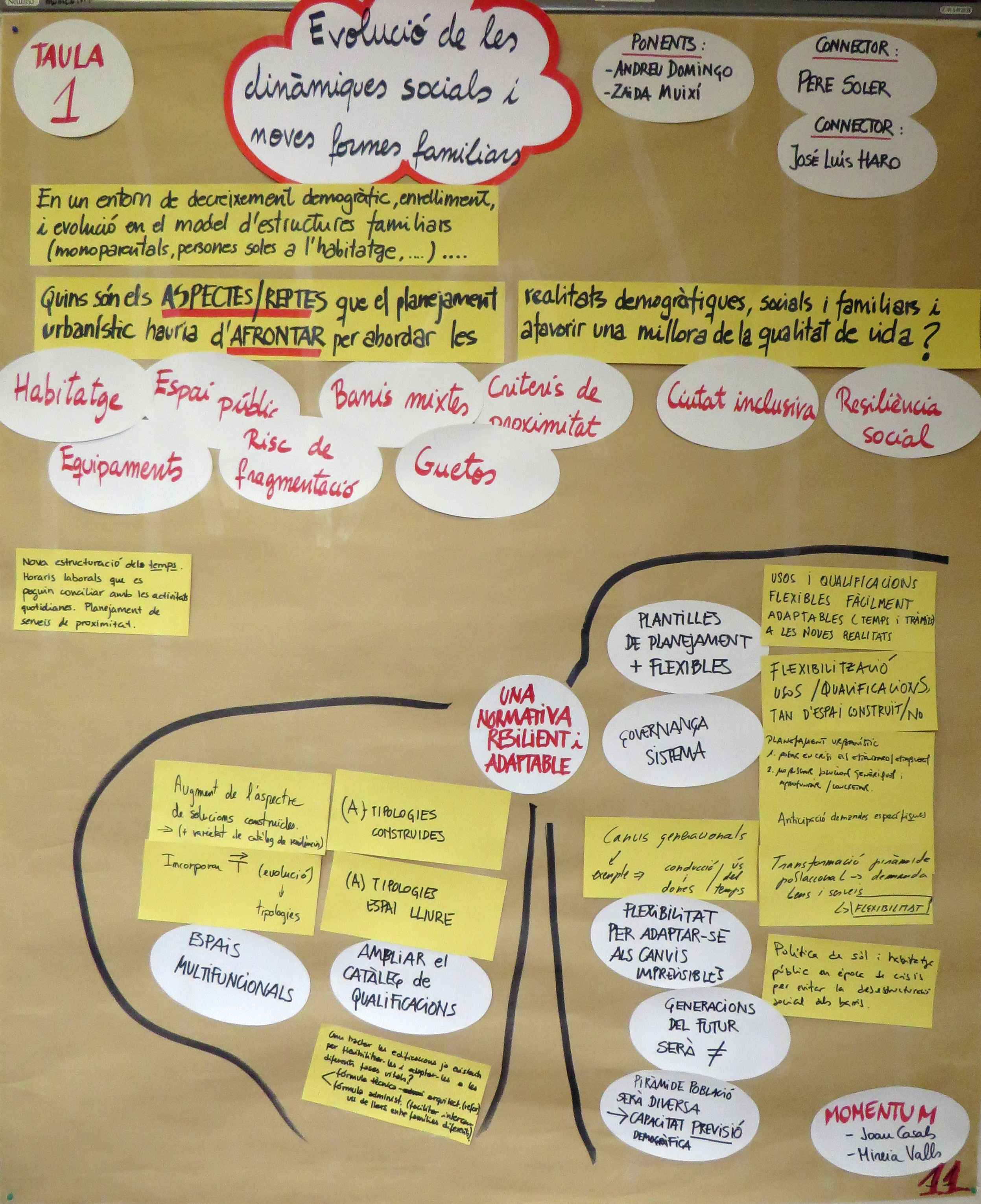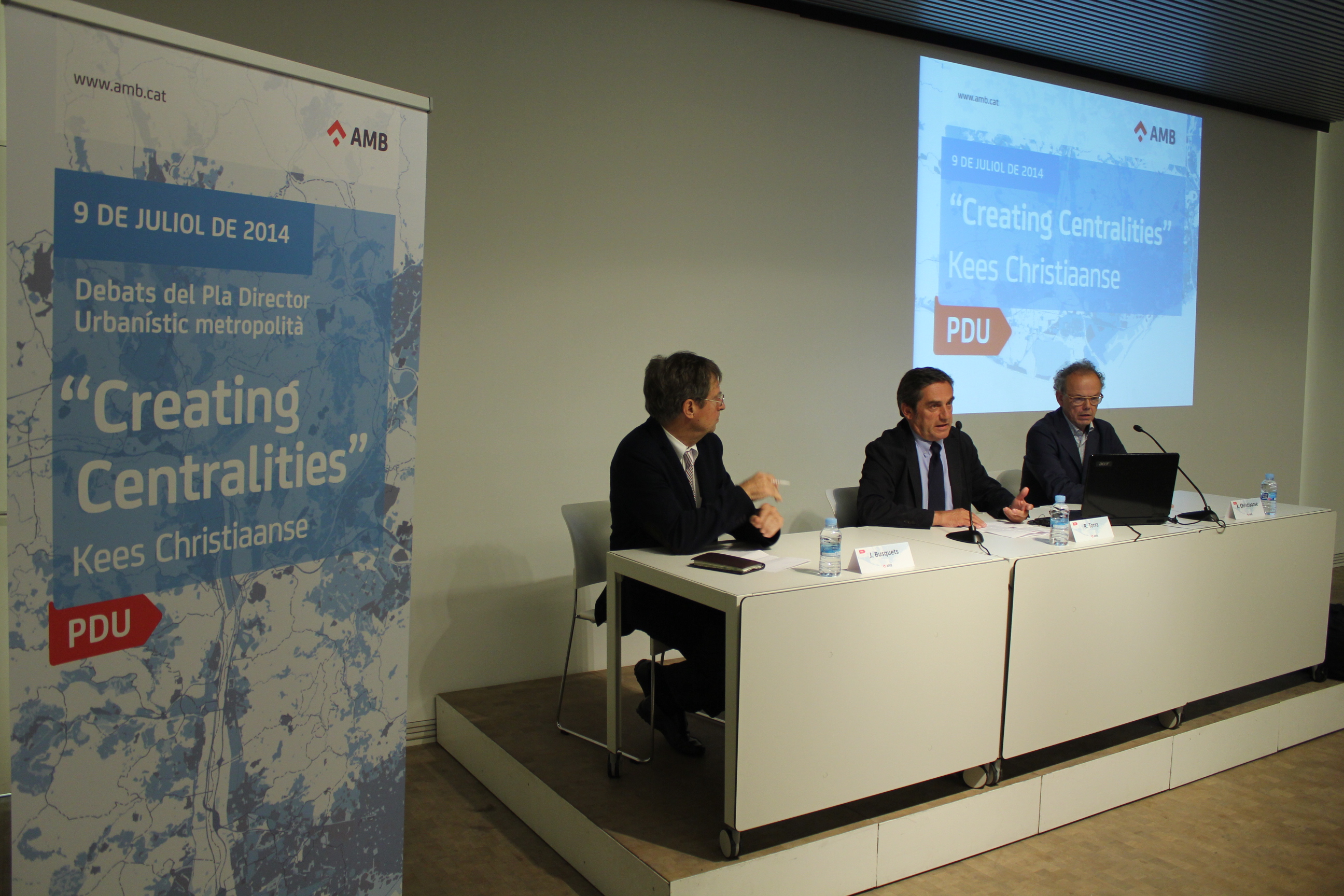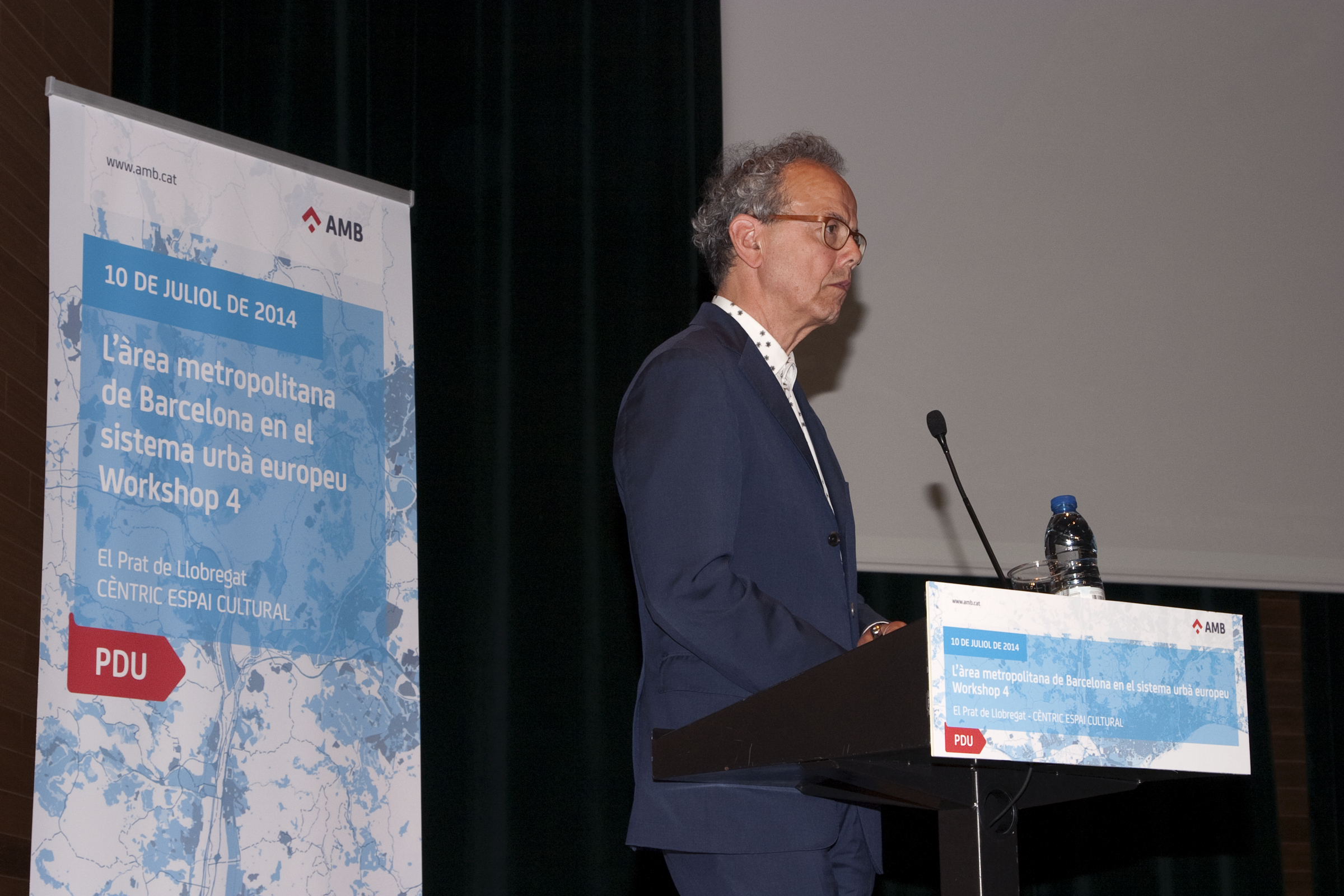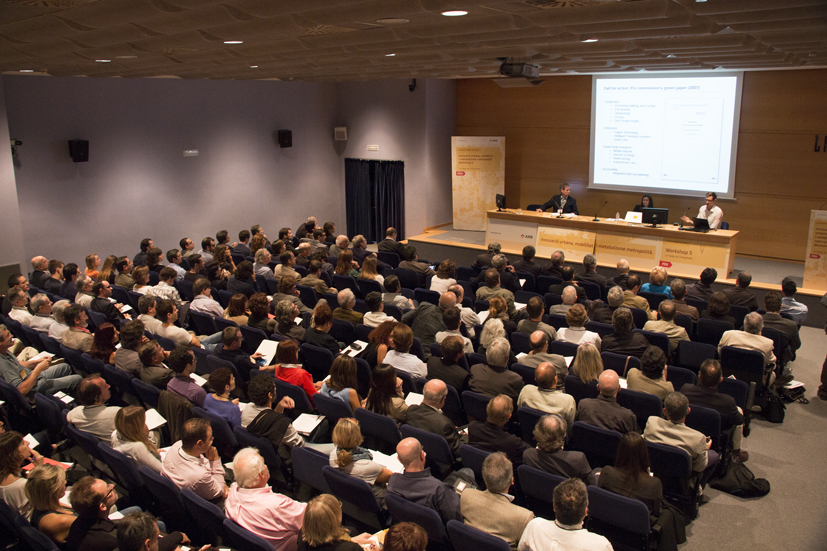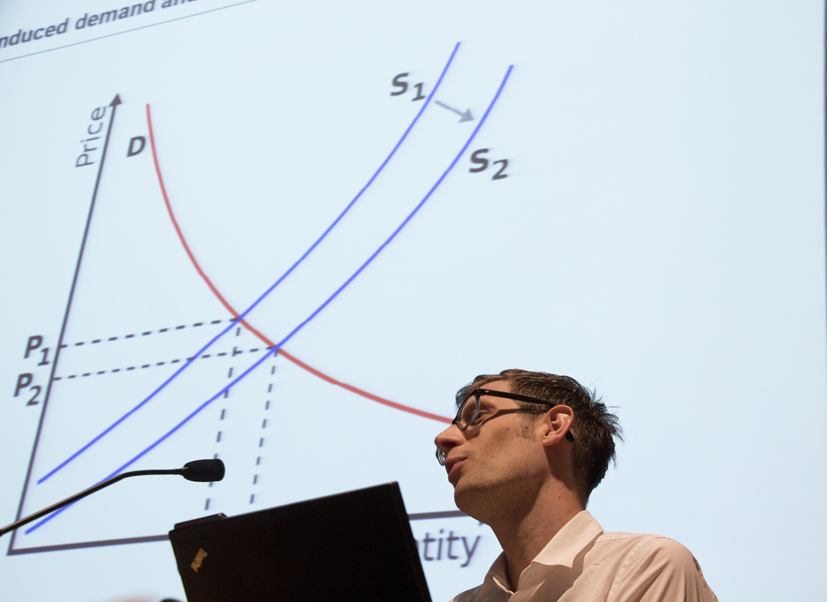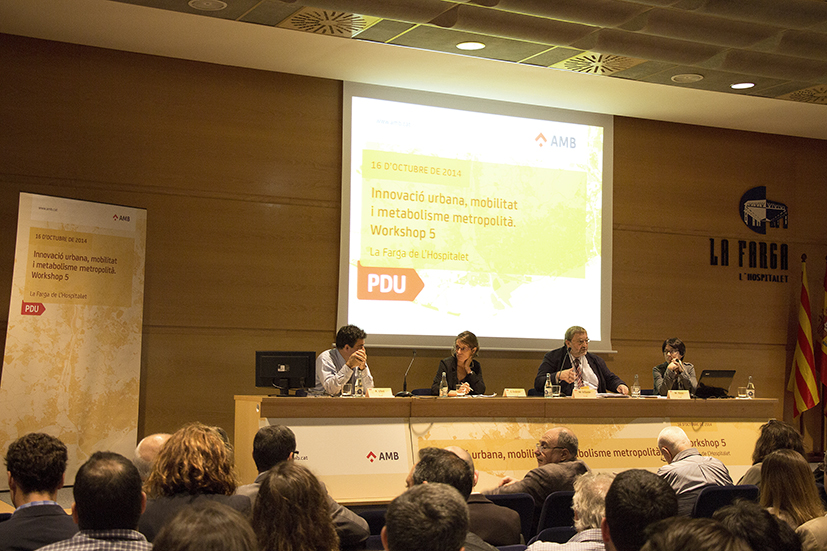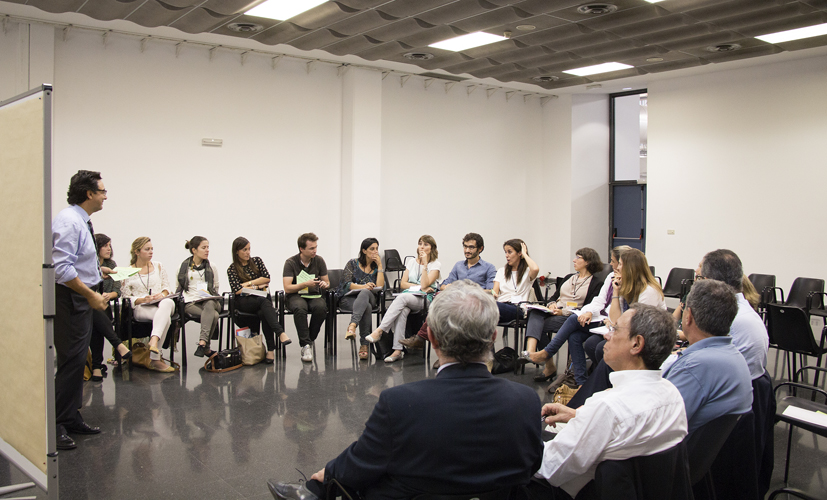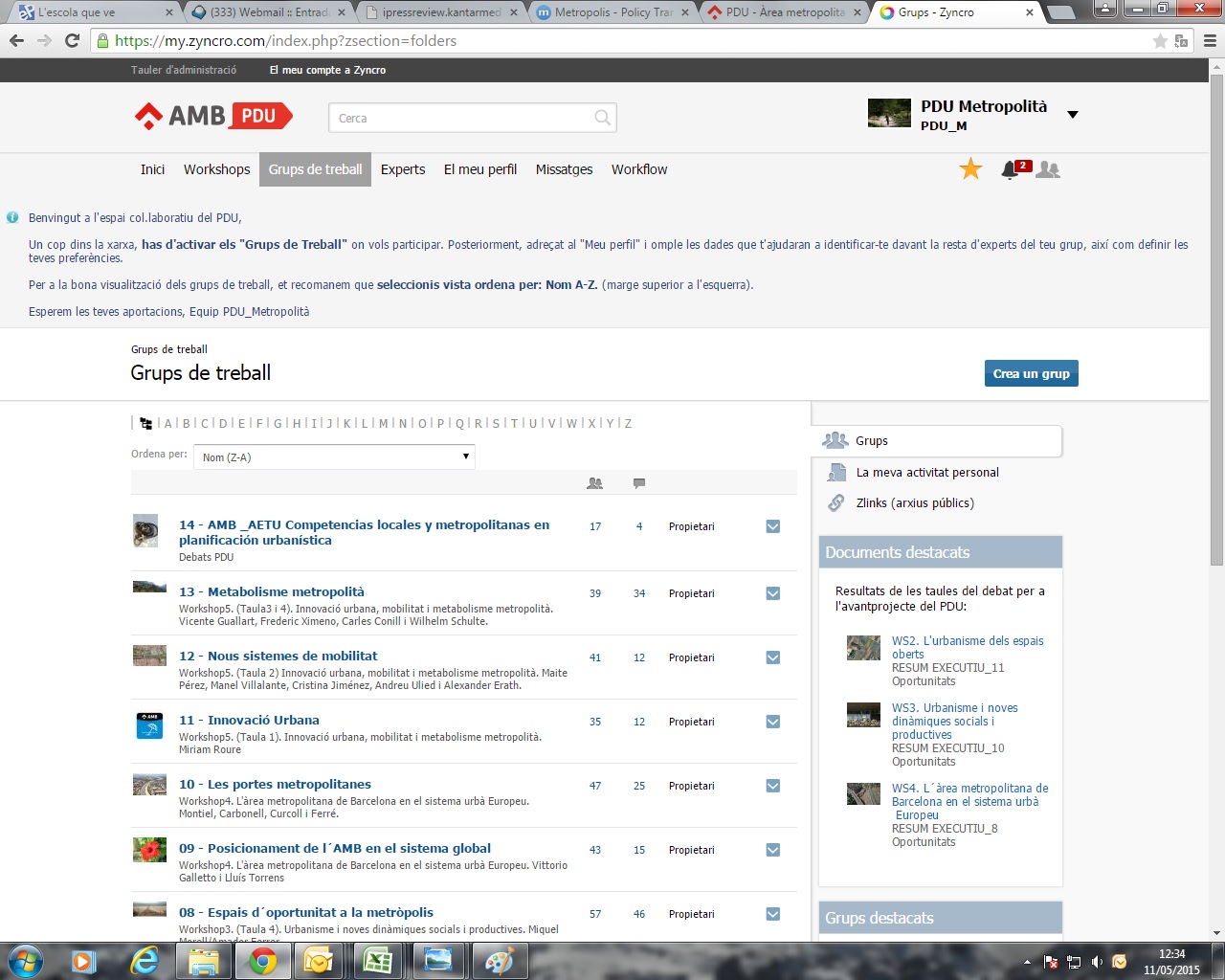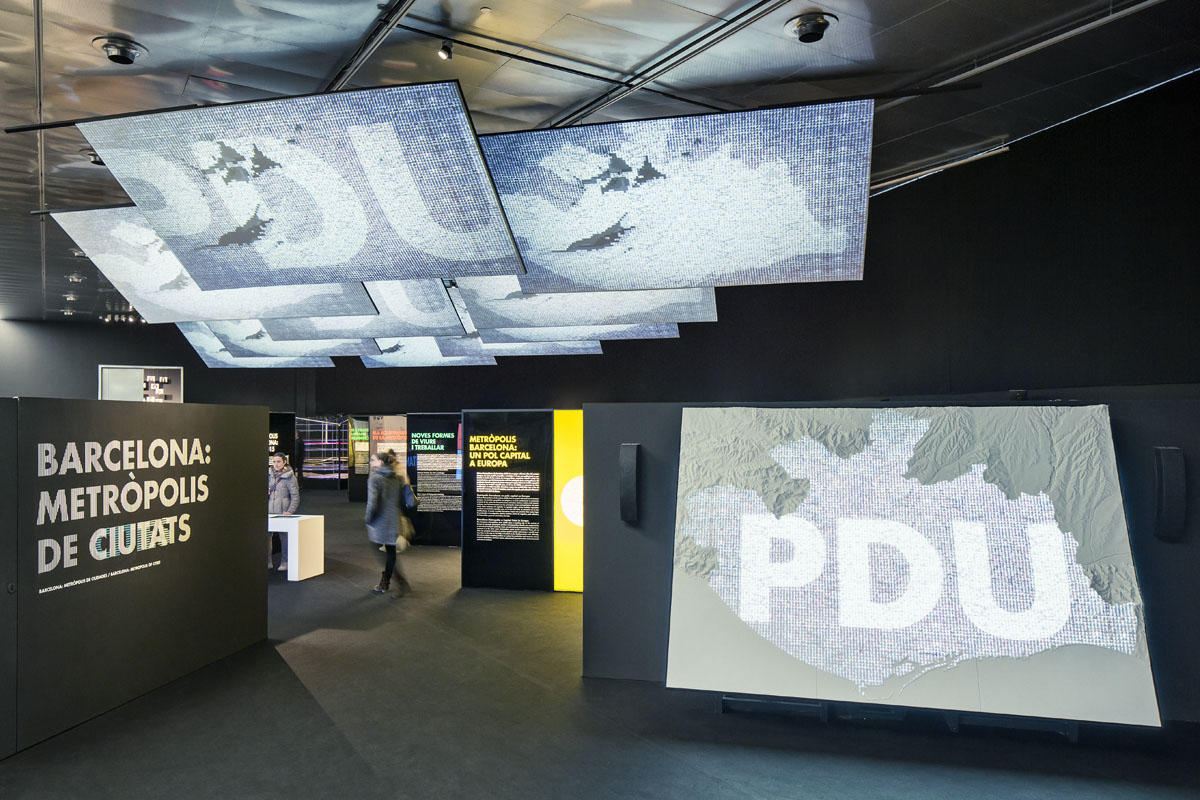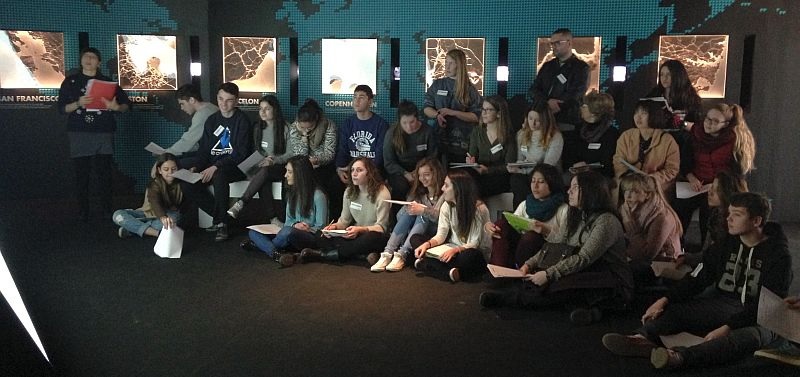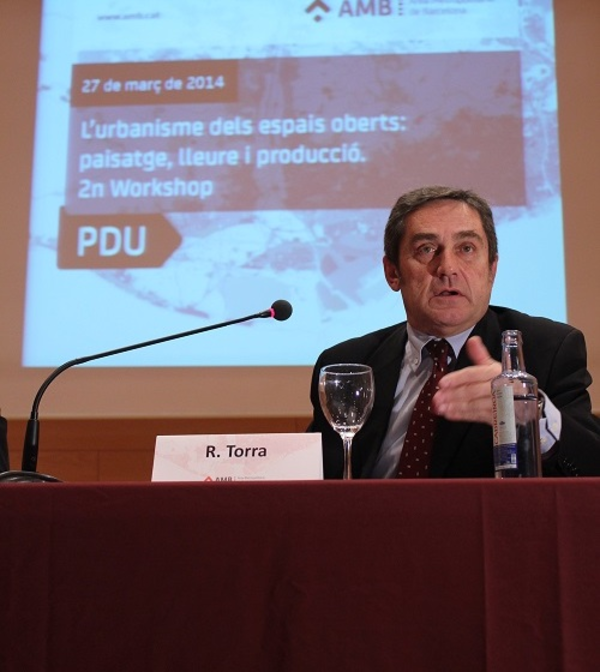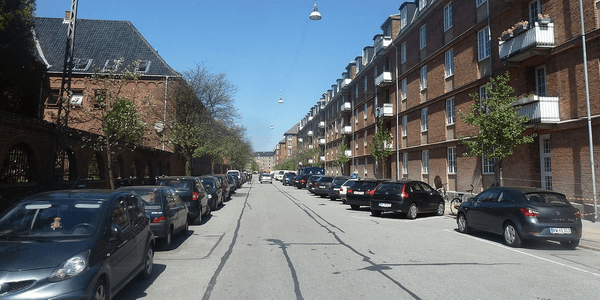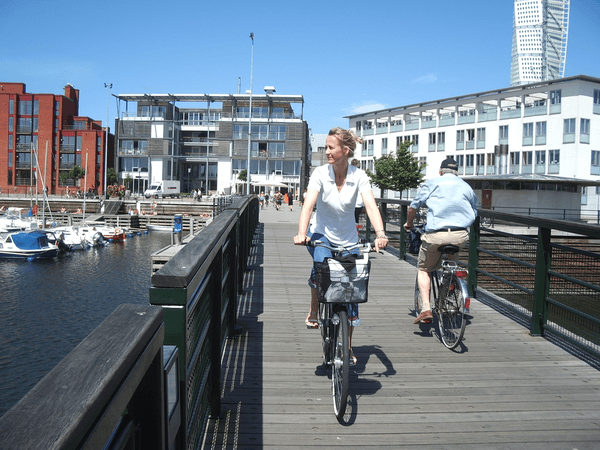City
Barcelona (área metropolitana)
Main actors
Local Government, City Government, Regional Government, Private Sector, Public Utility, other
Project area
Metropolitan Area
Duration
2013 - 2015
Barcelona Metropolitan Area (AMB) has launched a participative process to design a new metropolitan Urban Master Plan.
The PDU is the document which will collect the set of guidelines and rules determining how to develop the main aspects of the metropolitan area of Barcelona during the next few years. The territorial framework of the PDU corresponds to the 36 metropolitan municipalities.
Beyond its administrative and legal nature, the PDU is the tool that will allow reviewing and updating key issues such as urban density, public spaces, mobility, urban environment, infrastructures or the relationship between the city and its ecological fabric. Therefore, the project is essential to imagine the metabolism of the metropolitan city of the future and to think how its systems of civic relations, social cohesion and quality of life will work.
Aspects considered as imperative in the PDU will have significant importance on economic and productive dynamics, urban innovations and even with respect to the positioning of the metropolitan area of Barcelona in the world.
To start wording the PDU, the AMB is coordinating its own technical services (Urban Planning and PDU Office) with the contributions and studies of academic and professional experts in the various disciplines affecting such planning process. Series of technical discussions and expert presentations (workshops) have been organised in this framework of participation and work, together with the edition of the “PDU Notebooks Collection".
Categories
External links / documents
On Map
The Map will be displayed after accepting cookie policy
